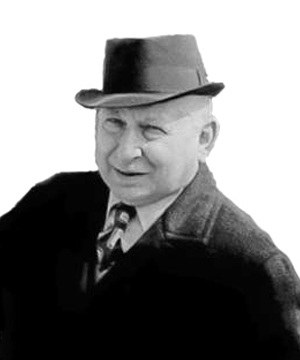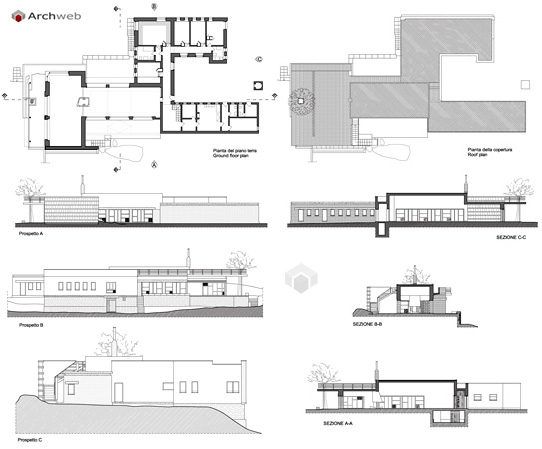
Giuseppe Samonà
Italian architect and urban planner (Palermo, April 8, 1898 - Rome, October 31, 1983)
Giuseppe Samonà (Palermo, April 8, 1898 – Rome, October 31, 1983) was an Italian architect, urban planner and politician.
Considered one of the greatest Italian architects of his time [1] he was equally celebrated as an urban planner.
Giuseppe Samonà is one of the most complex figures of twentieth-century Italian architecture. His importance can be traced back to the Royal Higher Institute of Architecture in Venice (later IUAV) which he was called to direct in 1943 [2].
He came from two historic families of the Sicilian aristocracy, having been sired by Don Carmelo Samonà and Princess Adele Monroy of Pandolfina. Graduated from the University of Palermo in 1922, in 1927 he began his career as a teacher teaching first at the University of Messina and then, from 1931 to 1936 at the Federico II University of Naples.
Rome Post Office in via Taranto side facade
Among his most important projects, that of 1929, which involves the rebuilding of the port scenery of the city of Messina with the so-called "Palazzata" or "Maritime Theater", consisting of a curtain of thirteen buildings, stylistically homogeneous, connected by monumental gates. The reconstruction of the Palazzata was never completed, and it was only the first two buildings (those of the INA) with the relative intermediate door that were built according to the reconstruction project. In 1936 he was called by the University Institute of Architecture in Venice, where he continued his academic activity until 1971 and where he founded, among other things, the so-called "School of Venice".
Among other projects by Samonà, the Hospital Trauma Center of Bari (1948), Villa Scimemi in Palermo (1950), the current Palazzo Enel in Palermo, once the "Sges Building" (1961), the Bank of Italy in Padua, the Gibellina Town Hall (1971) and the Popular Theater of Sciacca (1974), partially completed in 2015 (room "A") and opened to the public in May 2015.
From 25 May 1972 to 4 July 1976 he was Senator of the Republic. Elected on the list of the Italian Communist Party in Veneto, he adheres, since his debut in politics, to the Independent Left Group [3].
He is also remembered for being one of the "four wise men", together with Giancarlo De Carlo, Umberto Di Cristina and Anna Maria Sciarra Borzì, in charge of drawing up the "Plan Program" of the historic center of Palermo (1979-1981).
Source: Wikipedia https://en.wikipedia.org/wiki/Giuseppe_Samon%C3%A0
Works and projects
How the download works?
To download files from Archweb.com there are 4 types of downloads, identified by 4 different colors. Discover the subscriptions
Free
for all
Free
for Archweb users
Subscription
for Premium users
Single purchase
pay 1 and download 1





























































